8. I Tre Volti della Paura (Black Sabbath, 1963)
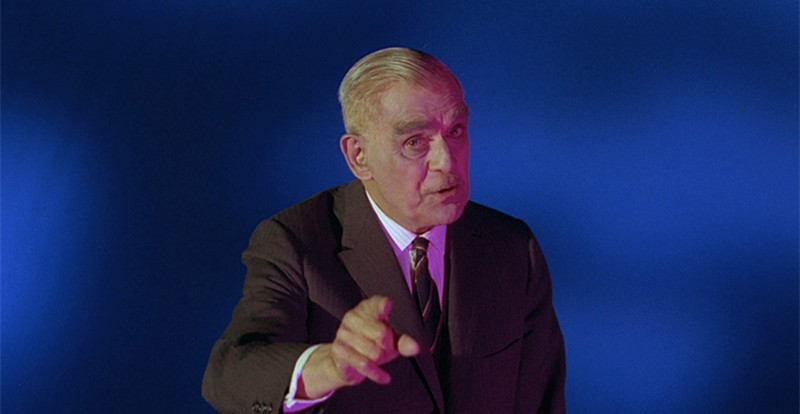
Boris Karloff starts this film introducing the audience to three tales of suspense and horror, each with different themes and casts.
In “The telephone”, Rosy is a prostitute that lives alone in a city flat. One particular night her telephone rings, and the pimp she had helped send to prison warns her that he’s coming to kill her. Rosy calls a female friend to sleep over and try to calm her down, but will that be enough?
In “The Wurdalak” Boris Karloff himself plays Gorca, a Russian man that returns home after having hunted down a Wurdalak, a living corpse who allegedly preys on close family members and friends. Soon, Gorca’s family and a young nobleman they have just invited in to shelter for the night begin to question the man’s true nature.
In “The Drop of Water”, by far the most terrifying of these three stories, a greedy nurse steals a ring from the corpse of an old woman she’s supposed to prepare for the funeral. Back to her apartment, the nurse is haunted by the sound of a drop of water… and the ghost of the vengeful old lady.
While all of the three episodes are good, what really stands out is the inventiveness Bava put in the third short film. Dream-like colours, one simple repeated sound effect, a fly and a mannequin are more than enough to create what is probably the plainly scariest scene in all of Mario Bava’s filmography. Also, the very last shot of this film alone makes this an unforgettable experience to say the least.
7. Operazione Paura (Kill Baby, Kill, 1966)
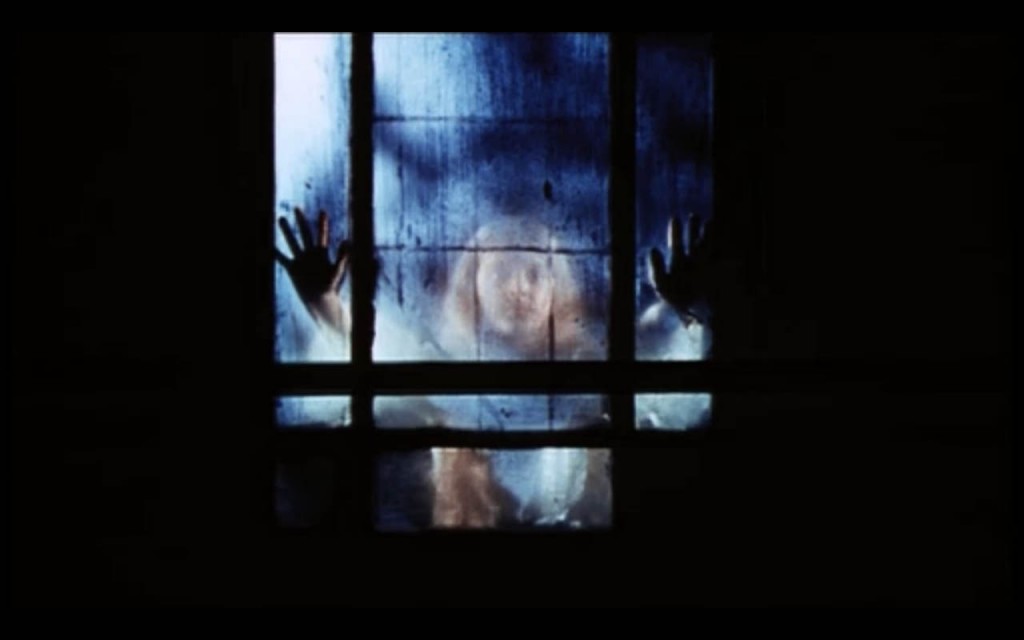
A series of inexplicable suicides brings Dr. Paul Eswai (Giacomo Rossi-Stuart) to a small town deep in the Carpathian Mountains, where the residents live in fear of the ghost of Melissa, a young child whose apparitions seem to curse those who are unfortunate enough to meet her. Suicide after suicide, Dr. Eswai soon runs out of possible scientific explanations and begins to investigate the paranormal facts with the help of Monica (Erika Blanc), a native of the old town returned to visit her parent’s graves in the cemetery.
Both a commercial and critical failure, “Operazione Paura” was shot in just twelve days on a small budget and its release was delayed because of the bankruptcy of the small F.U.L. Films production company. Creepy, weird, disquieting are only a few of the adjectives that could just begin to describe this horror film.
The ghost of Melissa Graps (actually played by a boy named Valerio Valeri) was such an interesting and powerful figure that Federico Fellini paid homage to the character in his short movie “Toby Dammit”, while the scene in which Paul chases his own doppelgänger was reprised in what is one of the most iconic scenes from “Twin Peaks”.
6. La Frusta e il Corpo (The Whip and the Body, 1963)
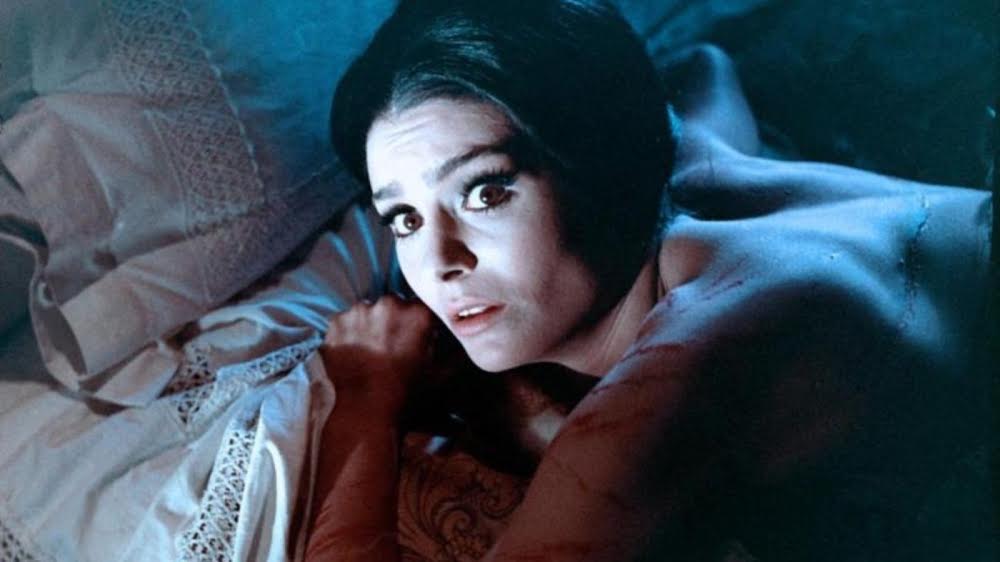
Kurt Menliff (Christopher Lee) is about to marry Nevenka (Daliah Lavi) while also having an affair with a servant, Tania, who commits suicide because of the man’s imminent wedding. Banished from the castle by his father Count Menliff, Kurt leaves Nevenka behind. Years later, the man comes back to the castle only to find Nevenka married to his brother Cristiano (Tony Kendall); but her love for him hasn’t died, and their relationship of sex and sadomasochism continues until Kurt is found dead… and his ghost begins to haunt the ancient castle.
Explicitly provocative and ahead of its time, this horror classic is one of the peaks in all of Mario Bava’s production and still works as an effective psychological tale of love, pain and death. With a great cast and an amazing script, “La Frusta e il Corpo” was unfortunately ruined by censorship and was severely cut in many countries, turning the movie into a completely indecipherable and incoherent mess.
The atmospheric sounds of the wind, the low and dim candle-lightning, the lonely shore upon which the dark manor rests all contribute to make this masterpiece one of the quintessential films of the Gothic horror subgenre.
5. Sei Donne per l’Assassino (Blood and Black Lace, 1964)
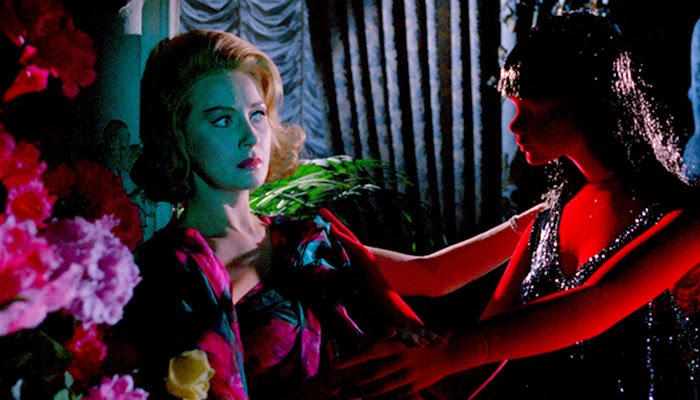
A beautiful model working in a fashion house, Isabella, is killed by a masked killer. Inspector Sylvester, played by Thomas Reiner, investigates the murder: while the victim’s diary is stolen and hidden in order to prevent the discovery of the atelier’s dark secrets, the killings increase in number and violence.
A conventional Giallo full of twists and turns, and according to many critics the first slasher movie ever made, “Sei donne per l’assassino” is one of the most visually stunning works from Mario Bava. The camera work is insane; as always, production costs were so low that many shots needed more than imaginative solutions to be realized. The killer’s look and appearance was so original that it became the blueprint for Dario Argento’s typical assassins, especially the murderer from “Profondo Rosso” (Deep Red, 1975).
4. La Maschera del Demonio (Black Sunday, 1960)
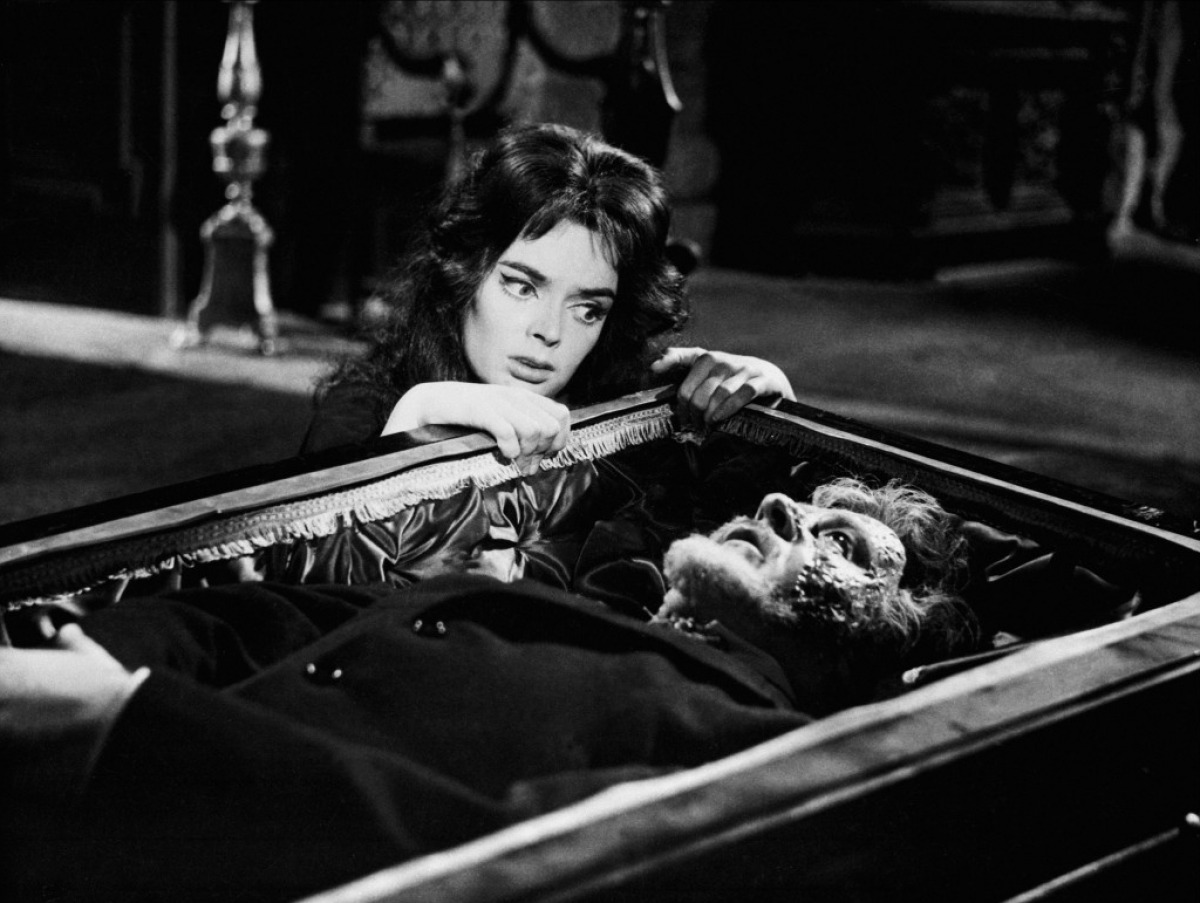
1960 sure was a magnificent year for Italian cinema. Luchino Visconti’s “Rocco e i suoi fratelli”, Michelangelo Antonioni’s “L’Avventura”, Federico Fellini’s “La Dolce Vita”: all of these great films were released during that golden year, but it was Mario Bava’s directorial debut, “La Maschera del Demonio”, that developed the Italian film industry the most.
The first Gothic horror film ever put on film in the country, Bava’s first masterpiece helped shaping the whole genre’s themes and tones, also launching a large production of horror and genre films in the country and Barbara Steele’s international career as a horror icon in the process.
Inspired by the Russian novella “Viy” by Nikolai Gogol, the film opens with the brutal execution of the Moldavian witch Asa: first a metal mask with the inside composed of many terrifying spikes is hammered into her face, then the disfigured woman is burnt at the stake alongside her lover, Javutich. Two centuries later, their curse will descend upon Asa’s descendant Katia Vajda and two unfortunate doctors traveling to an important medical conference in the area.
The first film officially directed by Mario Bava already showed his enormous talent and creativity. Too violent for its time, “La Maschera del Demonio” was banned until 1968 in the United Kingdom but gained very positive reviews by Italian, French and American critics. Not much of a commercial success in its own country, the film grossed a lot more abroad and Mario Bava’s name immediately began to draw international attention thanks to his perfect, suspenseful visual style and his famous use of imaginative tracking shots.
3. Reazione a Catena (Bay of Blood, 1971)
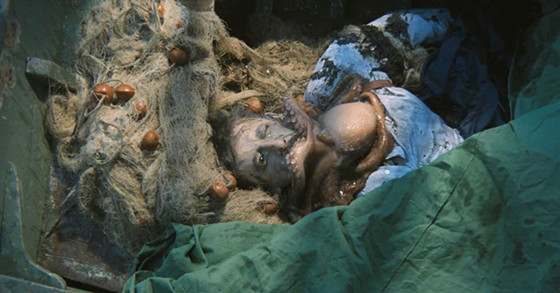
Here is, for a change, a film that doesn’t even need a plot summary. Murder after murder, “Reazione a Catena” (also known as “Ecology of Crime” or “Twitch of the Death Nerve”) serves as the goriest and most nihilistic film of the Italian Giallo genre in the Seventies, depicting increasingly more brutal and violent killings one after the other.
With this exploitation splatter film Bava became the new main influencer in the slasher subgenre: two of the many grisly murders on screen were recreated almost shot by shot by Steve Miner in his “Friday the 13th Part 2”, and the amount of horror flicks directly referencing this masterwork is today pretty much countless.
Like many other works of the Italian Seventies, “Reazione a Catena” delivers a clear political stand against human greed, but doesn’t stop there. At its core, the film also includes an ecological message and, as film director Joe Dante intelligently noticed, “this is typical Bava material, simply one ghastly murder after another – thirteen in all – surrounded by what must be one of the most preposterous and confusing plots ever put on film”. The incredible gore and make-up effects were designed by Carlo Rambaldi, the man behind the Xenomorph from “Alien” and “E.T.”.
2. Cani Arrabbiati (Rabid Dogs, 1974)
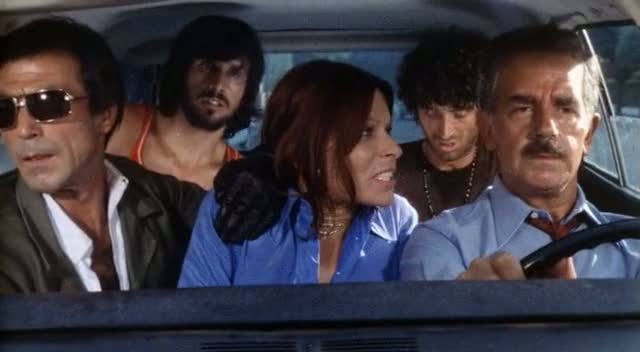
Rome: four psychopathic criminals assault an armored truck, killing two guards in the process. When one of them is shot during the getaway, the three remaining robbers decide to enter an underground car park and kidnap a woman in order to continue their escape. Still pursued by police forces, they abandon their victim’s car and force another man, Riccardo, to take them all aboard and keep driving down the highway to avoid authorities. Constantly held at gunpoint, the man will have to do whatever it takes to save his life and that of his sick child, desperately in need of medical attention.
Initially set to release in 1974, “Cani Arrabbiati” remained virtually invisible until 1995, and it isn’t hard to understand why. Almost entirely set inside a single car, the film is one of Bava’s most violent works and is everything but unrealistic. Its gore, cruelty and sadism were absolutely outrageous and new at the time (at least in Italian cinema), and the unexpected plot twist at the ending only make things worse. Today widely regarded as both a cult and a masterpiece, “Cani Arrabbiati” was also the main inspiration behind Quentin Tarantino’s first full-length movie “Reservoir Dogs”.
1. Diabolik (Danger: Diabolik!, 1968)
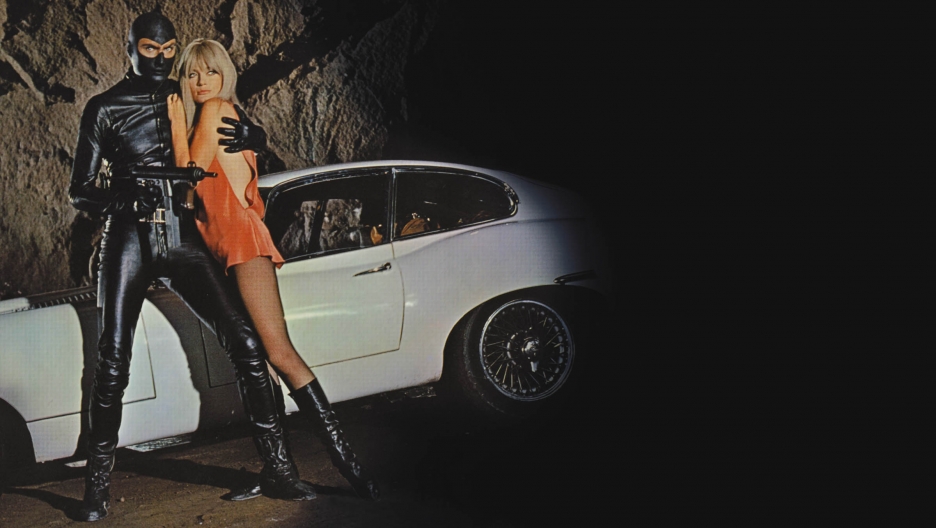
Diabolik (John Phillip Law) is a brilliant and dangerous criminal who lives off incredible thefts while constantly making fun of the police forces and the political class after him. Madly in love with his gorgeous girlfriend Eva Kant (Marisa Mell), the legendary thief sets his eyes on a priceless emerald necklace safeguarded by the high walls of an ancient castle. Diabolik will have to use all his skills and intelligence in order to make it against the unlikely alliance between inspector Ginko (Michel Piccoli) and the twisted, evil mastermind Valmont (Adolfo Celi).
Probably the greatest cinecomic ever made, “Diabolik” is a mad, fun, exhilarating movie that succeeds in portraying the popular characters created by the Giussani sisters in some unexpected and unforgettable ways. Every aspect of the film feels perfect: Ennio Morricone’s vibrant and at times romantic soundtrack, the mesmerizing and almost illogical color palette and lighting choices, the unbelievable set design, the stylistic thought and aesthetic taste put in every single frame.
One of those rare fast-paced action films packed with high-speed car chases, secret hideouts, immoral clashes between law and crime, and of course shoot-outs that are still able to take their time to develop situations in order to achieve a strong narrative identity, “Diabolik” is an immortal cult gem and masterpiece, directly influenced by Warhol’s and Lichtenstein’s Pop Art.
Author Bio: Fabio Mauro Angeli is an Italian communication student with a deep love for the Seventh Art. He continues in his film studies while working on his first screenplays and short movies, hoping to one day make it to the director’s chair. He enjoys pretty much every kind of movie, with “Once upon a time in America” being his absolute favourite (for now!).